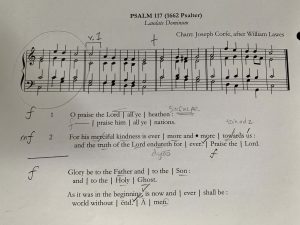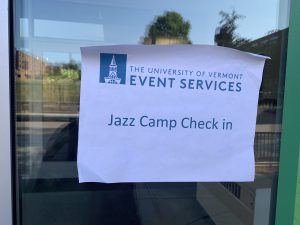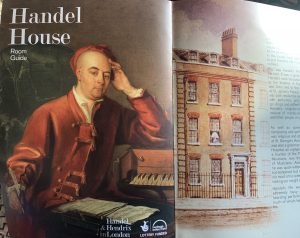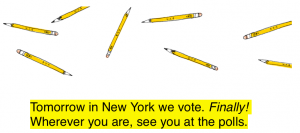The bus driver loaded our suitcases into the baggage compartment and shut the doors. We lined up on the steps for a photo. That’s when I realized There are a lot of kids here! Twenty-four choristers from the Cathedral School of St. John the Divine in Morningside Heights, New York City.


The choristers, community chorale members (including me) and professional singers spent seven days in London singing as one at St. Paul’s Cathedral (late 1600s) and two additional days at the Canterbury Cathedral where Thomas à Becket, the Archbishop, was murdered half a century earlier. The choristers brought youth. The cathedrals brought history.

We sang at the Evensong services. (The regular choir was taking its August break.) Evensong begins with the cantor singing O Lord, open thou our lips. We respond And our mouth shall show forth they praise …
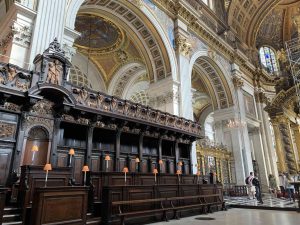
… followed by the Anglican chant of a Psalm in four part harmony. To me the Psalms feel like the heart of the musical experience, where poetry meets harmony. They are mysterious. I often don’t know what they mean. We rehearsed them line by line.
Director Kent Tritle coached us on every vowel (most are diphthongs) and reminded us time and again to articulate our consonants just before the beat, so they would be heard throughout the lofty, lengthy cathedrals. Bryan Zaros also rehearsed and conducted us and never broke a sweat as leader of the tour. Ray Nagem, our organist in New York, played for most services in England. Dean Clifton Daniel shared the entire trip with us. I loved meeting every person in and out of the choir. The music was magnificent. On Sunday, after our third day at St. Paul’s, I wrote this email home:
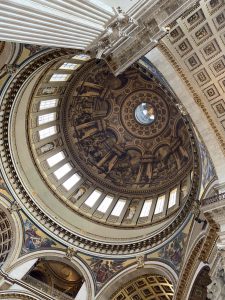
“Today we sang the Eucharist service, then the Evensong. The services move fast here! I like that. There were lots of people attending. . . . The choristers all sing soprano. In rehearsal [on the request of the director for the benefit of us singers], a chorister produced a beautiful, in-tune high A and held it. Then she released, and the note continued to sound. After the air finally stopped reverberating, she shyly smiled.”
In our off hours we visited the House of Commons. The chamber is extremely small. It’s impossible to imagine 650 people crammed into it. We spent a day in Oxford. Soprano Glenda Strothers, alto Abigail Huffman and I visited to the National Gallery. I found the Charles Dickens House. We went to the Handel and Hendrix Museum, and heard a good jazz band – The Brass Monkeys – at Pizza Express. I want to mention trumpeter Chris Dowding whose playing and composition for Esbjörn Svensson moved me.
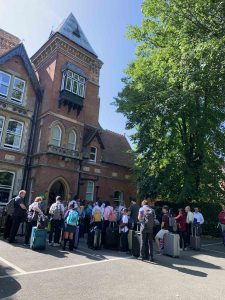
London was the lion’s share of our trip, but we made it to Canterbury for two more Evensongs, a Cathedral tour, reception in the Archdeaconness’s home (she is from New Zealand), and a last-night dinner at an Indian Restaurant
Home on Saturday afternoon, August 24. I have been happy ever since!
Two weeks before the choir tour, I was in Burlington VT at Jazz Camp thanks to organizer Roni Ben-Hur. Music ranged from Thad and Sam Jones to Brazil and beyond. Thank you, Helio Alves, for the lessons. I barely took a single picture.
I love the stretch from jazz and improv to singing and reading. But are they really so far apart? I’m thinking about this. Comments are welcome.

